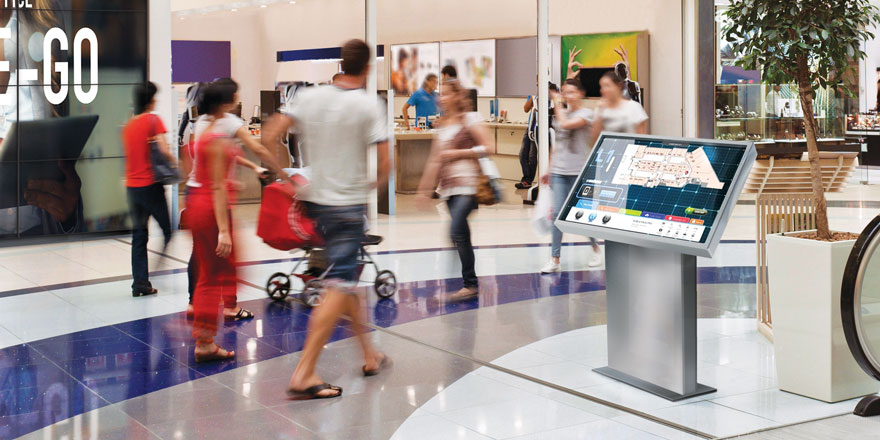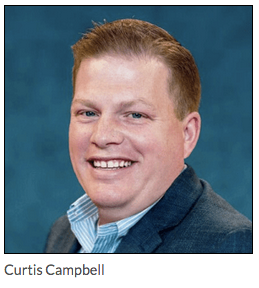We have them on our smartphones and tablets. On our home appliances and car dashboards. On kiosks and industrial machinery. And they’re appearing in more and more technology. People today have become very familiar with the use of touch screens, and the speed at which they provide the desired functions or information. Even small children have become familiar with touch screen functions, and it can be amazing when you see interactions between toddlers and smartphones. No doubt, touch screen technology is here to stay, and grow.
So, what is it about touch screens that we love? Lots of things. The digital age has conditioned us to expect instant gratification on our devices. We don’t like waiting and touch screens accommodate quickly. Tech-savvy customers have come to expect a digitally connected business. Self-order kiosks have become very popular means to avoid standing in long lines.
Touch screens are easy to use. They can be intuitive with basic touch and gestures. Just point at what you want, then touch. People entering a large building and seeing an interactive way-finding display in the lobby might be relieved to not have to find and ask someone for directions. Touch screens can even enable guest check-in at hotels.
Touch screens are easily accessible. Users with physical limitations and senior citizens often find a touch screen much more user-friendly than a keyboard, let alone a system with keyboard and mouse. And touch screen signage installed in accordance with Americans with Disabilities Act requirements can accommodate people in wheelchairs.
Touch screens increase user accuracy. Referring again to self-order kiosks, a user is virtually guaranteed to get the right order as opposed to speaking into microphones at the drive-thru or ordering over the counter. And that also applies to store cashiers using touch screens at the registers.
Touch screens can bring instant rewards. If the touch screen display is equipped with Beacon and Bluetoothâ Low Energy (BLE) technology and the customer has the store’s app enabled on their smartphone, the display can provide a personalized experience and offer discount codes or quick purchase suggestions based on the customer’s ordering history on the app.
Touch screens are durable. They’re available for outdoor displays that are purpose-built to withstand harsh conditions. These touch screens are not affected by dirt, dust, rain or grease. An outdoor display with protective glass can fend off bumps and bangs too.
No article on touch screens would be complete without addressing the obvious: Have you looked at your device’s touch screen after a day of use? See the dirt? It’s an easy clean, of course, but imagine a touch screen in a public environment. That thought alone is a compelling case for a business to clean them regularly and diligently. Be sure to follow the display manufacturer’s cleaning procedure, as you don’t want to affect touch screen performance.


 UHD / 4K video walls, where traditional signage players are daisy-chained (a.k.a. networked together) to create an large, immersive video experience.
UHD / 4K video walls, where traditional signage players are daisy-chained (a.k.a. networked together) to create an large, immersive video experience.